Wildflowers of Silas Lane
PLEASE DON’T PICK THE WILDFLOWERS. LEAVE THEM WHERE NATURE INTENDED.
 Eastern Spring Beauty: Native; small, early-blooming woodland plants; important food for native pollinators; aka “fairy spud” for edible potato-like tubers Photo credit: iNaturalist |
 Canada Mayflower: Native; aka False Lily-of-the-Valley; low-growing, shade-loving; tiny white flowers in late spring, red berries in fall Photo credit: iNaturalist |
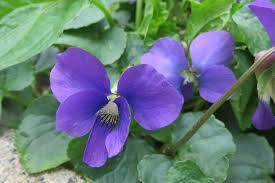 Violets: ~ 3 dozen native violet species in NY; found in diverse habitats; food source for various wildlife; used in teas and salads. Photo credit: Brooklyn Botanical Garden |
 Mayapple: Native; umbrella-like leaves, white-to-rose flowers; plant is toxic but fruit is edible. |
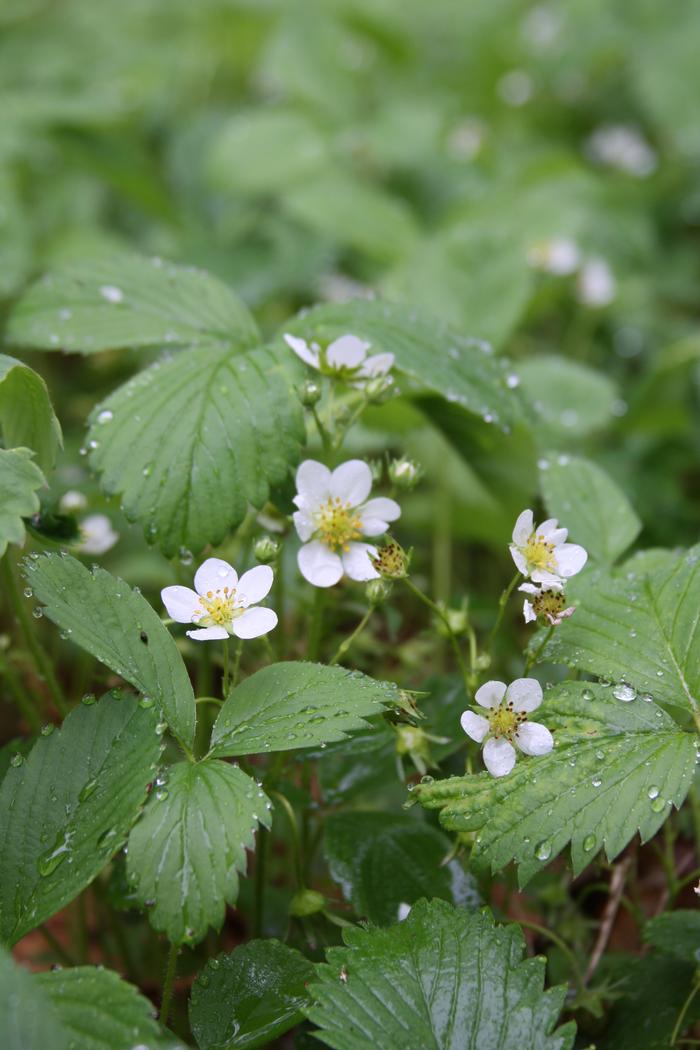 Wild Strawberry: Native; various habitats; edible fruits ripen in late spring, early summer; white flowers; mock strawberry, a non-native invasive, has yellow flowers |
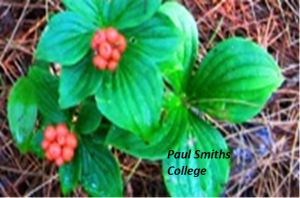 Bunchberry: Native; low-growing; found in cool, shaded forests; food source for a variety of wildlife (bears, chipmunks, rabbits, birds, insects…) Photo credit: Paul Smiths College |
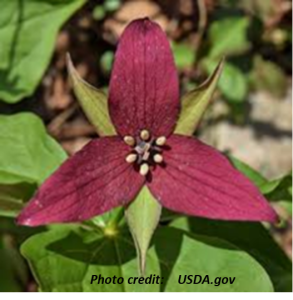 Red Trillium: Native; found in damp, shady forests; aka “stinking Benjamin” for odor that attracts carrion flies for pollination; protected by law (look, don’t pick!) Photo credit: USDA.gov |
 Wild Leek, aka ramps: Native; found in damp, shaded areas of deciduous forests; threatened by over-harvesting; foraging may require a permit or permission; illegal to harvest some; never remove bulbs; take leaves only sparingly |
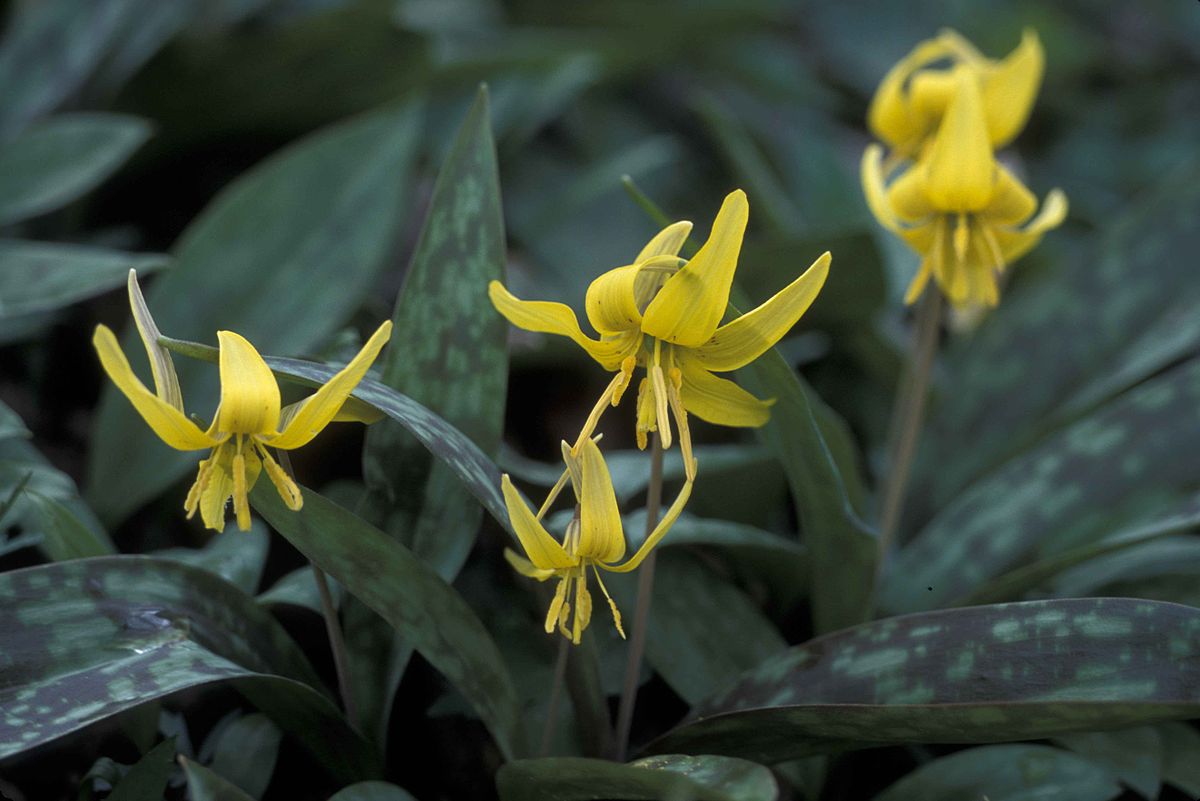 Trout Lily: Native; spring ephemeral found in moist, deciduous woodlands; perennials that can survive for decades. |
 Wild Sarsaparilla: Native; Food source for animals; root used to make root beer and teas |
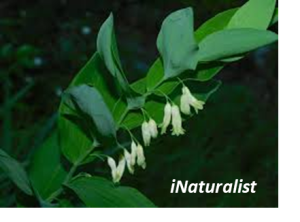 True Solomon’s Seal: Native; common, found in moist woodlands; note flowers hang below stem; several varieties: dark blue to black berries. |
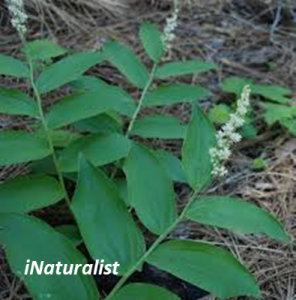 False Solomon’s Seal: Native; note flower clusters at the tip of the stem; berries green with red speckles turning deep red; food source for animals, dense cover for nesting sites |
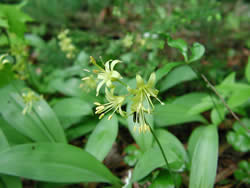 Blue Bead Lily: Native; found in cool, acidic forests, yellow flowers in spring, blue berries in mid-summer; berries not edible for humans; young leaves are edible; used as poultice for wounds, infections Photo credit USDA.gov |
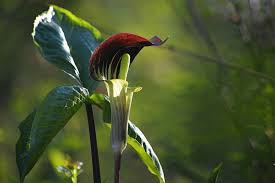 Jack-in-the-Pulpit: Native; food source for birds and mammals; some parts, especially the root, are poinonous to humans. Unique pollination system traps fungus gnats; has the ability to change sex based on environmental conditions. Photo credit: iNaturalist |
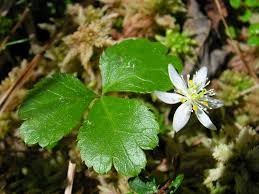 Golden Thread: Native; named for bright yellow thread-like rhizomes; various traditional medicinal uses Photo credit: iNaturalist |
 Bladder Campion: invasive introduced from Europe, young leaves edible; root used as soap; medicinal uses Photo credit: iNaturalist |
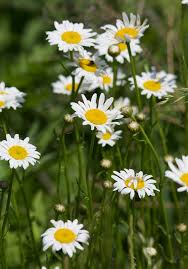 Daisy: Non-native; English and Oxeye daisies were introduced from Europe and can be invasive, displacing native plants. Photo credit: iNaturalist |
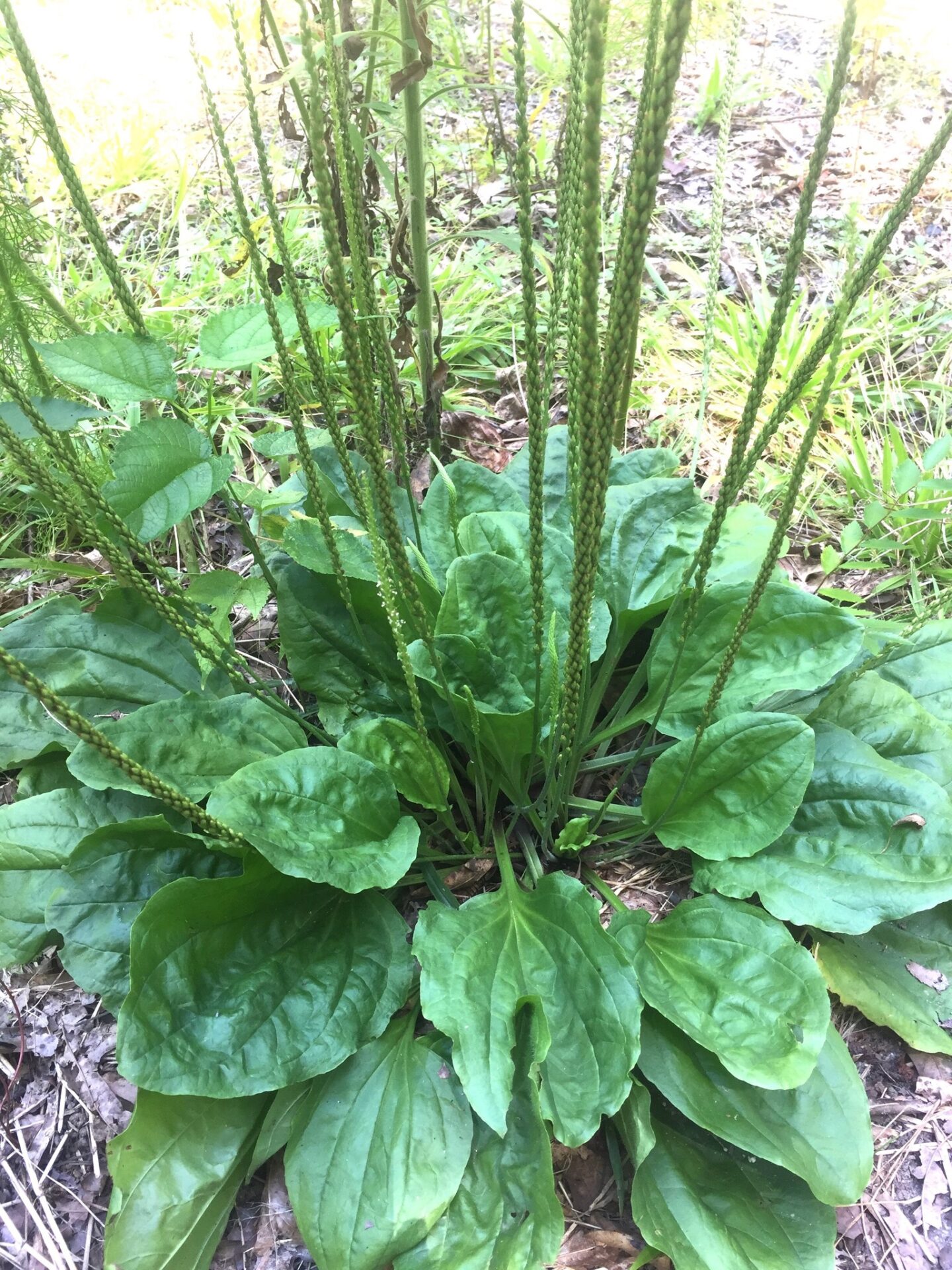 Plantain: Native; common weed found throughout New York, growing in disturbed areas like lawns and sidewalks; food source for insects, mammals, birds Photo credit: iNaturalist |
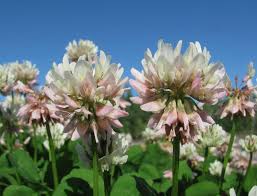 Clover: Non-native; ~20 species found in New York; do provide a food source and habitat for various animals; valued for nitrogen-fixing properties Photo credit: iNaturalist |
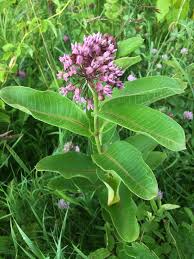 Milkweed: Native; several species found in New York (inc. Common, Swamp, Poke Milkweed and Butterfly Weed); host plant for butterfly caterpillars; provide food and habitat for many insects Photo credit: iNaturalist |
 Queen Anne’s Lace: non-native; aka wild carrot; flat-topped cluster of tiny white flowers, often with a central pink, red, or purple floret; all parts are edible when young; root tastes like mild carrot; caution: plant resembles the deadly poison hemlock. Photo credit: Rick Bunting |
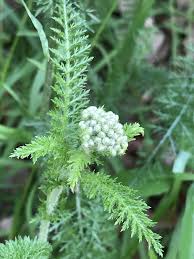 Yarrow: aromatic, hairy, perennial plant with fine, fern-like foliage and flat-topped clusters of small flowers that bloom from spring to fall; member of the aster family; attracts butterflies and bees Photo credit: iNaturalist |
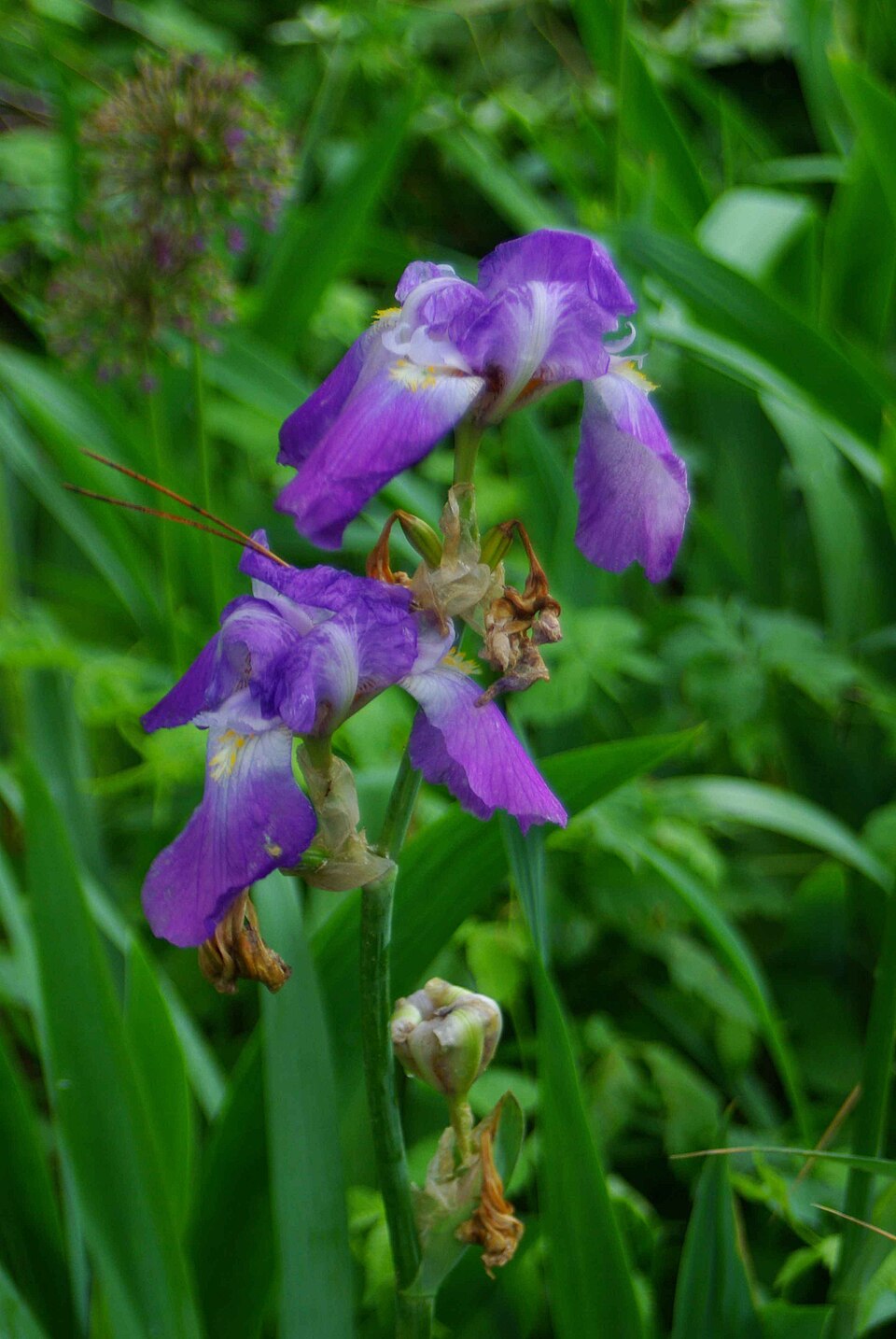 Blue Flag: a native species of iris found in wet habitats; food source for pollinators; provides habitat and shelter for various species; help stabilize shorelins; toxic to humans and livestock if ingested |
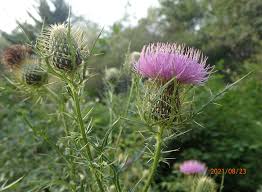 Thistle: Native thistle species provide food and nesting material for birds like the American Goldfinch, shelter for small mammals and insects; improve soil aeration. Photo credit: iNaturalist |
 Cocklebur: coarse weeds with rough, hairy, purple-speckled stems, triangular to heart-shaped leaves, and spiny burs that attach to fur or clothing; several varieties, some native, some introduced. |
 Daisy Fleabane: several species native to New York; common in various habitats; vital food source for pollinators, butterflies, and birds; helps control erosion and suppress weeds; provides food and habitat for insects, birds, deer, and rabbits |
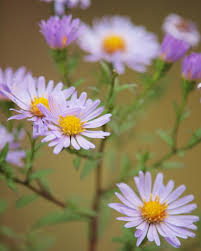 Aster: Daisy-like flowers; several varieties native to New York; good late-season color and food for pollinators, suited to various habitats |
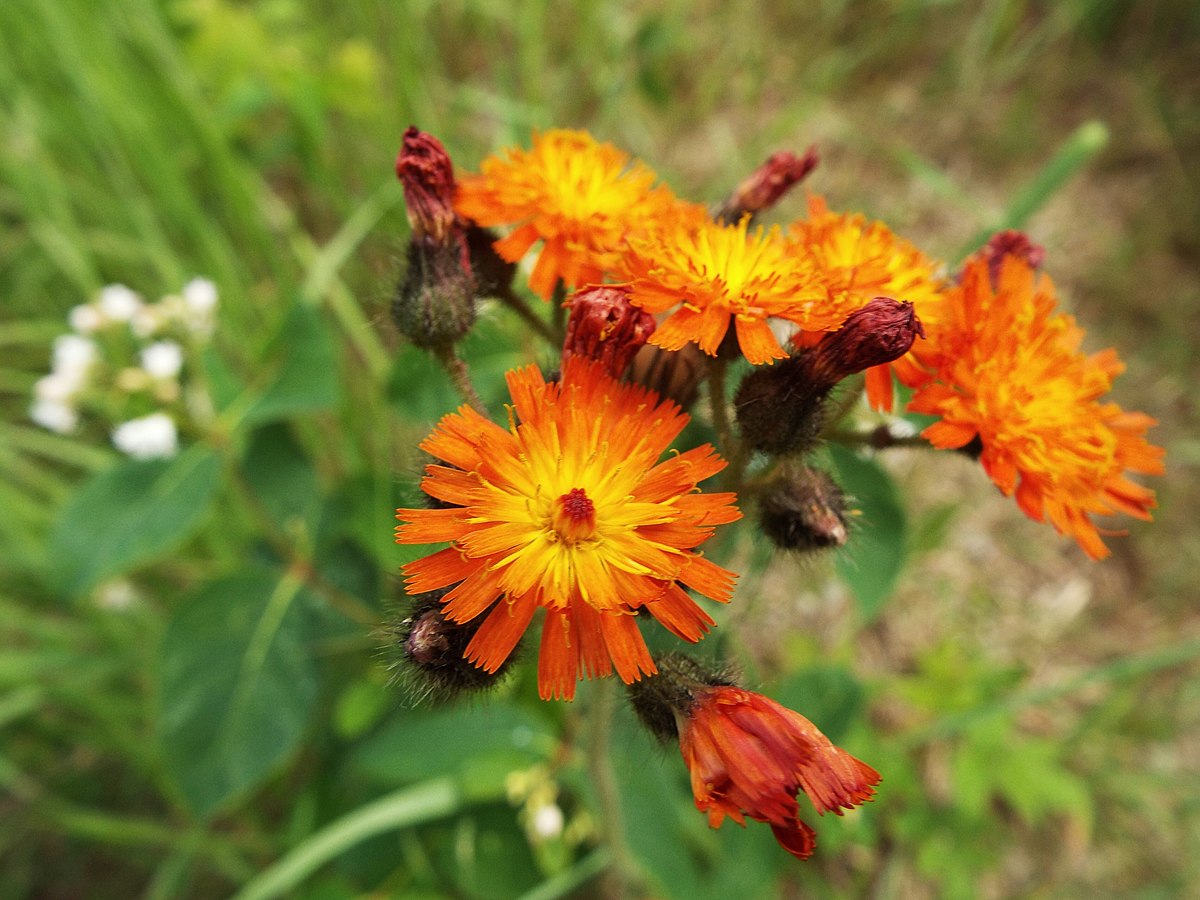 Hawkweed: perennial, dandelion-like plants, color yellow to orange; several species introduced; considered invasive, displacing native plants. |
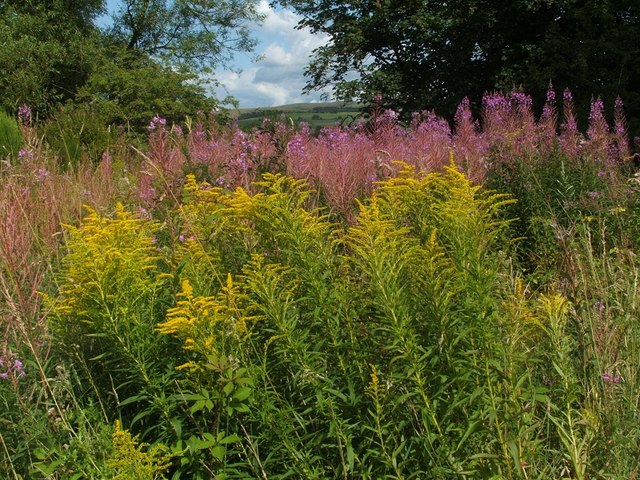 Goldenrod: Canada Goldenrod is one of the most common of about 2 dozen varieties of goldenrod in New York State; vital food source for pollinators; genus name “Solidago” means “to make whole”, referring to healing properties |
 Virginia Waterleaf: an herbaceous perennial of moist deciduous forests that blooms in late spring to early summer. It has been found in this area hiding among the Japanese Knotweed forest along the river. |
View the full PDF – NYS Wildflower Identification Guide
